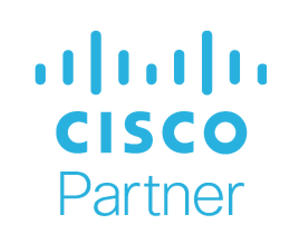2. Protect the Organization's Network
The NIST protection factor “outlines appropriate safeguards to ensure delivery of critical infrastructure services.”
In effect, this is a precursor process: Businesses are laying the groundwork of successful cybersecurity strategies by ensuring basic policies and procedures reduce overall risk. In practice, protection starts with tools such as identity and access management (IAM) and adaptive multifactor authentication (MFA).
Effective protection also includes employees; with 73 percent of organizations now reporting more frequent insider attacks, it’s essential to educate and train staff in basic protection processes.
MORE FROM BIZTECH: How businesses can protect themselves in the future of work.
3. Detect Threats in Real Time
According to Tech Republic, the average cost of a phishing attack is now $832,500. The caveat? Prevention accounts for just 18 percent of this cost; recovery and remediation make up the bulk of post-incident budgets.
As a result, it’s critical for companies to move threat detection and prevention higher up on their priority list. By leveraging advanced malware protection tools that operate in real time to continuously monitor for threats, it’s possible to catch malicious code in the act of compromise — then sandbox, analyze and remove it ASAP.
4. Respond to Cyberattacks Effectively
Effective response includes key mitigation activities, managing communication and monitoring key outcomes.
Here, the right tools make all the difference. While your specific needs will vary based on identified risks, protection priorities and detection frameworks, common cybersecurity strategy toolsets typically deliver:
- Advanced threat response. A proper threat response solution helps organizations aggregate and automate threat intelligence data to cut through the noise and deliver effective defense.
- Evolved endpoint security. By combining cloud and system-based endpoint controls, companies can effectively manage local desktops, remote connections and mobile devices.
- Enhanced network control. Software-defined network segmentation both increases visibility and improves transparency to enhance total control.
MORE FROM BIZTECH: Is your workforce new to remote work? Here's how the network can be protected.
5. Recover from Cyberattacks Quickly
Effective security strategies must go beyond threats in situ to help organizations recover from attacks and better respond to risks moving forward.
As a result, it’s critical to evaluate defensive outcomes by both identifying and reporting key metrics. According to Cisco’s 2020 CISO Benchmark Study, Securing What’s Now and What’s Next, top metrics include:
- Time to detect
- Time to patch
- Time to contain
- Time to remediate
To streamline metric measurement and reporting, it’s now critical for companies to deploy built-in enterprise security frameworks across intelligent, evolving IT environments.
NIST’s five-function model lays the foundation for a solid cybersecurity strategy, but it’s not enough in isolation. To deliver on cybersecurity potential, enterprises must prioritize practical implementation to deliver strategy at scale.
Brought to you by:













